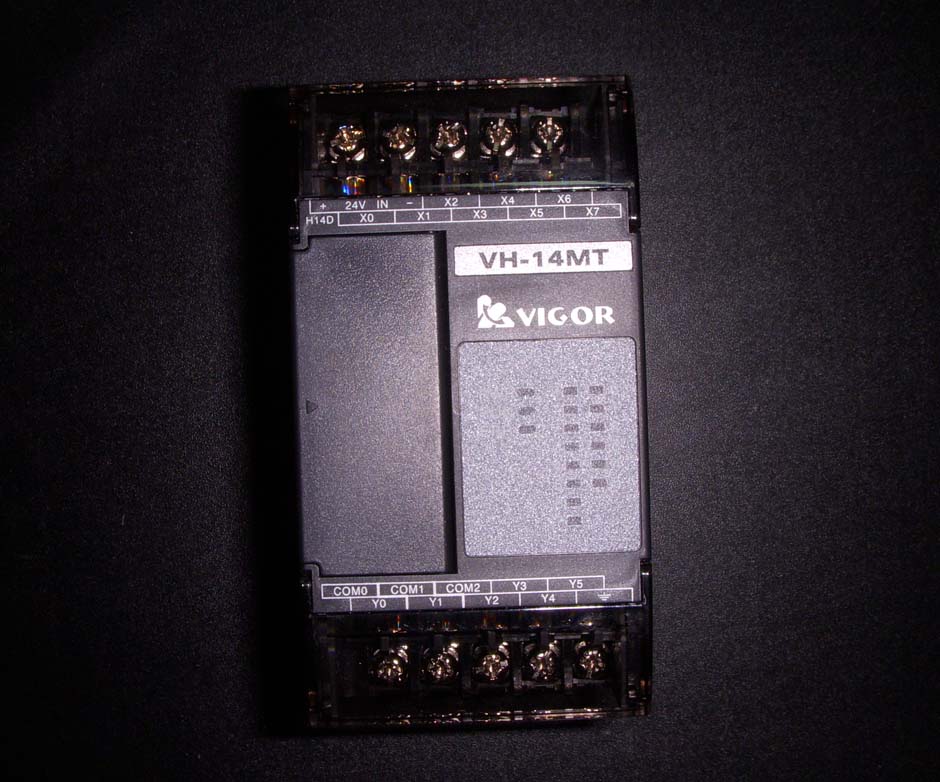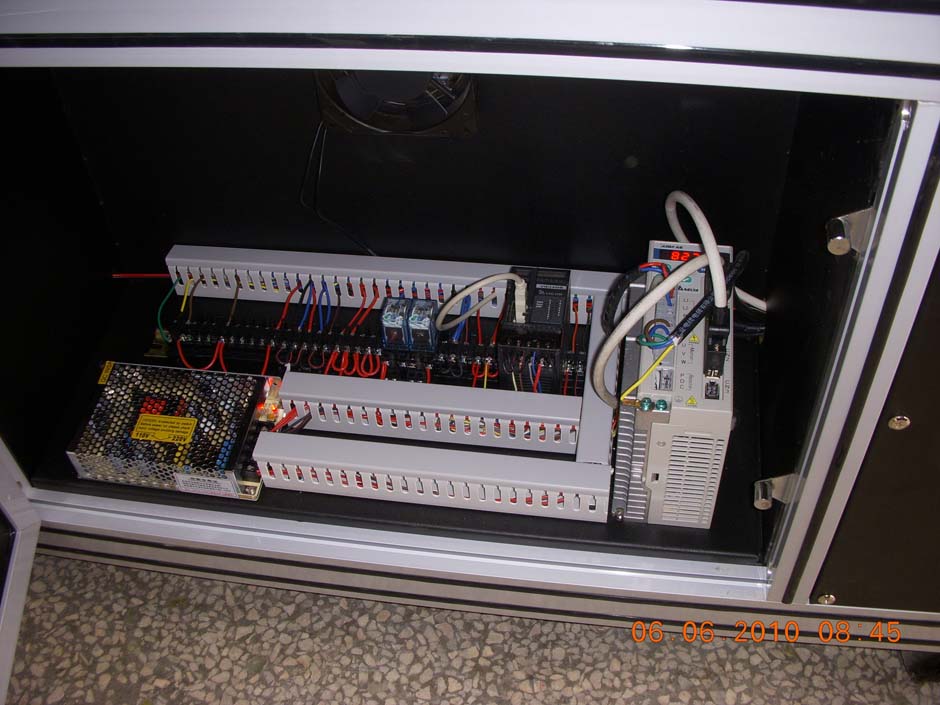The automation of many different processes, such as controlling machines or factory assembly lines, is done through the use of small computers called a programmable logic controllers (PLCs). This is actually a control device that consists of a programmable microprocessor, and is programmed using a specialized computer language. A modern programmable logic controller is usually programmed in any one of several languages, ranging from ladder logic to Basic or C. Typically, the program is written in a development environment on a computer, and then is downloaded onto the programmable logic controller directly through a cable connection. The program is stored in the programmable logic controller in non-volatile memory.

Programmable logic controllers typically contain a variable number of input/output (I/O) ports, and are usually Reduced Instruction Set Computer (RISC) based. They are designed for real-time use, and often must withstand harsh environments on the shop floor. The programmable logic controller circuitry monitors the status of multiple sensor inputs, which control output actuators, which may be things like motor starters, solenoids, lights and displays, or valves.
This controller has made a significant contribution to factory automation. Earlier automation systems had to use thousands of individual relays and cam timers. In many cases, a PLC allows all of the relays and timers within a factory system to be replaced with a single controller. Today, programmable logic controllers deliver a wide range of functionality, including basic relay control, motion control, process control, and complex networking, as well as being used in distributed control systems (DCS).
Digital signals yield an on or off signal, which the programmable logic controller sees as Boolean values, those with only two states: true or false. Analog signals may also be used, such as those from devices like volume controls, and these analog signals can be seen by the programmable logic controller as floating point values. This is one way in which a computer can represent a rational number, but can be imprecise.
There are several different types of interfaces that are used when people need to interact with the programmable logic controller to configure it or work with it. It might be configured with simple lights or switches, or a text display. More complex systems might use a web interface on a computer running a supervisory control and data acquisition (SCADA) system.

( PLC control system used on Focus digital flatbed printer)
Author: Focus digital technology support team.
|